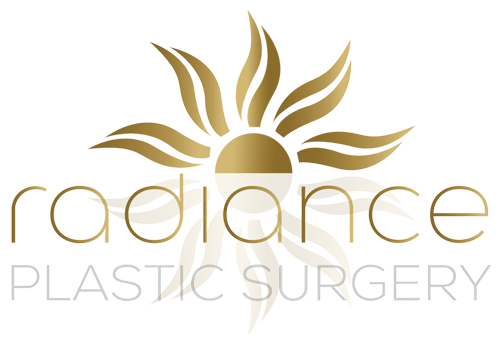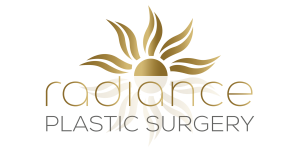Following abdominoplasty, also known as a tummy tuck, patients must adhere to specific post-operative guidelines to ensure optimal healing and achieve the best possible results. One common question is when you can lay flat after the procedure. Generally, surgeons advise against lying flat immediately after a tummy tuck due to the potential for increased swelling and tension on the incision site and rectus diastasis repair. During the initial phase of your recovery, you will likely be instructed to maintain a slightly bent position, with pillows supporting your back and knees to reduce strain on the abdominal area.
As your healing progresses, your surgeon will provide guidance on when it’s safe to transition to lying flat. This milestone can vary depending on individual factors, such as the extent of the surgery and your body’s response to the healing process. It’s critical to follow your surgeon’s personalized advice and not rush this stage, as premature lying flat could compromise the results of your plastic surgery and prolong recovery. Patience and careful adherence to your post-operative care plan are essential for a successful outcome.
Key Takeaways
- Avoid lying flat immediately following a tummy tuck to prevent strain on the incision.
- Positioning with supportive pillows is recommended during early recovery.
- Consult with your surgeon for personalized guidance on transitioning to lying flat.
Pre-Operative Considerations
Before embarking on a tummy tuck procedure, it is essential to thoroughly understand the factors that will contribute to a safe surgery and a successful outcome. These include selecting an appropriately qualified surgeon, understanding the various procedure options, and assessing your health and lifestyle.
Choosing the Right Surgeon
Identifying a certified plastic surgeon with a proven track record in aesthetic and reconstructive procedures is paramount when considering a tummy tuck. Verifying their credentials and seeking Canadian Board Certified Plastic Surgeons, such as Dr. Michael Laliberte, is advisable. During the consultation, assess their experience level, specifically with tummy tuck surgeries, and don’t hesitate to ask for before-and-after photos of previous patients.
Understanding Procedure Variations
Tummy tuck surgeries come in different forms—full, mini, and extended—and each addresses specific concerns. A full tummy tuck is comprehensive and ideal for addressing excess skin and weakened muscles across the entire abdominal area, often post-pregnancy or significant weight loss. A mini tummy tuck targets the area below the navel and is less invasive, while an extended tummy tuck addresses excess skin and fat around the love handles. Your surgeon will recommend the best option based on your health, age, and aesthetic goals.
Evaluating Personal Health and Lifestyle
Your current health and lifestyle choices play a crucial role in both eligibility for the procedure and the success of recovery. Be prepared to discuss your medical history, including any previous surgeries and conditions that may affect the surgery. Smoking, for instance, can severely impair healing and should be discontinued well in advance of the surgery. Stable weight without fluctuations and a lack of plans for future pregnancies are also important for the longevity of the results. Ensure you have an open and honest dialogue with your surgeon about these factors to optimize your surgical outcomes.
Post-Operative Recovery
After undergoing tummy tuck surgery, understanding the post-operative recovery is crucial for healing and achieving optimal results. Careful adherence to prescribed aftercare guidelines will promote comfort and minimize the risk of complications.
Immediate Post-Op Care
Immediately following your tummy tuck, you’ll be in a recovery room where medical staff will monitor your vitals and ensure your comfort as you wake from anesthesia. Pain medication will be administered to manage discomfort, and an abdominal binder may be applied to reduce swelling and support your abdominal muscles. It’s normal to have drains to prevent fluid accumulation at the surgical site.
Recovery Timeline and Milestones
Your recovery timeline is segmented into stages—initial healing, intermediate recovery, and final results. In the first week, rest is paramount; you’ll spend most of your time in a reclined position to alleviate pressure on the incision. By the second week, mild walking is encouraged to promote circulation and prevent blood clots. Strenuous activities and exercise should be avoided until your surgeon gives you clearance, typically around six weeks post-surgery. Most swelling subsides over several weeks, but it can take up to a year to see your final results.
Guidelines for Resuming Activities
Follow these general guidelines for a smooth recovery:
- Showering: Wait until your surgeon permits, usually after drain removal.
- Driving: Avoid driving until you’ve ceased using pain medication and can react without hindrance.
- Walking: Short, frequent walks are beneficial from day one post-op.
- Strenuous activities: Typically resumed around the six-week mark, but your surgeon will advise based on your healing progress.
Long-Term Care and Results
Long-term care is focused on maintaining the results of your tummy tuck surgery. This involves a balanced diet with plenty of fruits and vegetables; regular exercise once fully recovered, and consistent use of a compression garment if recommended by your surgeon. Attend all follow-up appointments and monitor the scar for healing progression. Full recovery can take up to a year, and you’ll see the final results take shape—tightened muscles, reduced loose skin, and an enhanced abdominal contour.

